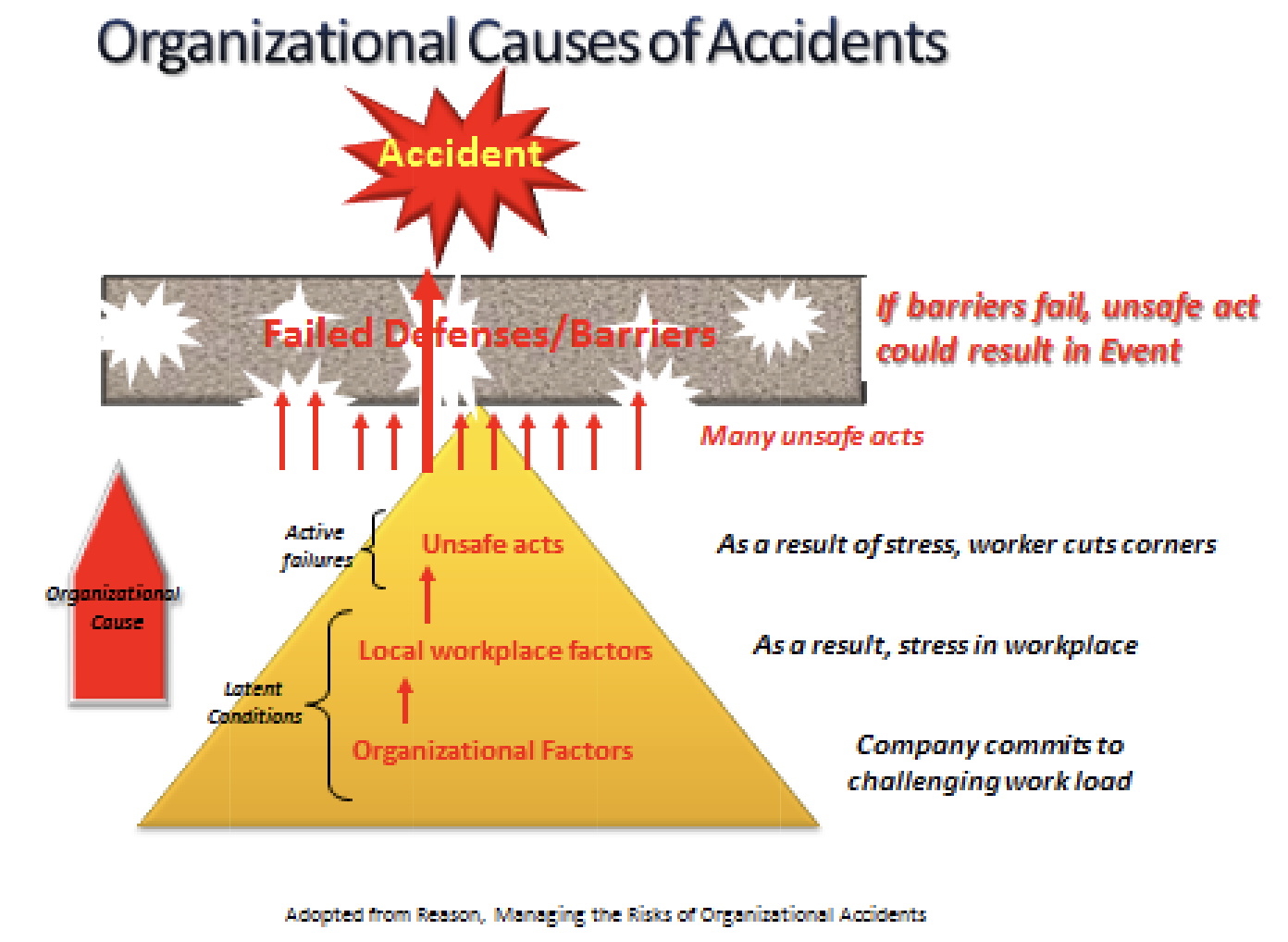Growing up in the Process Safety world with OHSA’s PSM and EPA’s RMP standards, I thought everyone had a “Safety Management System.” In school, we learned about OSH Management Systems and all they could do for a business. However, when I started consulting in 2005, I realized that SMSs were elusive in industrial facilities. Even those who had one in writing rarely actually utilized it day-to-day. For the past 20 years, I have been helping organizations develop, implement, manage, and measure my “Safety Process,” which is a basic SMS focused on what many today call “SIF” (Serious Injuries and Fatalities), which, by the way, is the PSM/RMP model way of viewing risks.
There are many benefits to implementing Safety Management System (SMS), some of which include:

